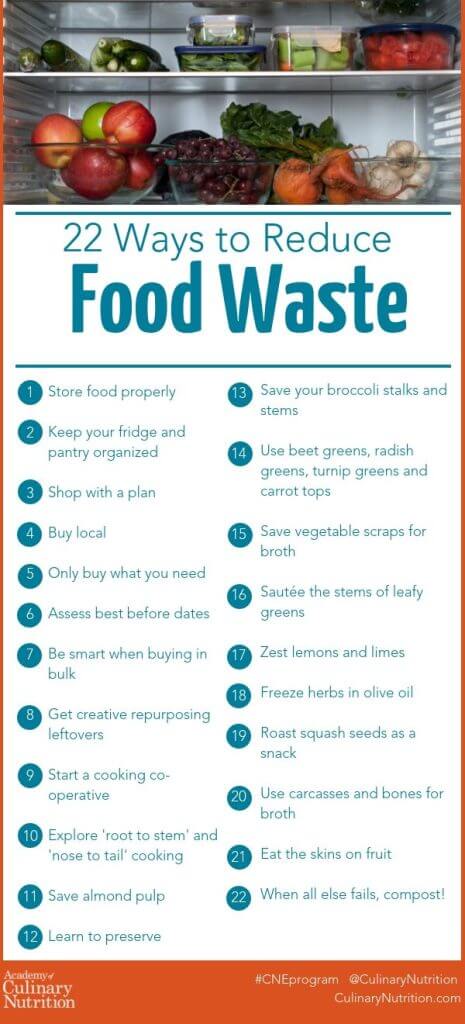You’ve probably heard people say fad diets are not sustainable, and we tend to find that’s true for most of our members! Sure, they’re fun to try if your eating habits need a refresh. But having a positive, consistent, long-term relationship with food is the best way to feel nurtured and healthy. Personal wellness is an ongoing process. Without a plan, keeping up with it can be overwhelming. But by treating what you eat with thoughtfulness, it can be simple to use eating as an act of self-care.
This blog’s goal is to help you rethink how you interact with food. We want your health to be an ongoing love affair, rather than a means to an end. Please keep in mind that no information in this blog is meant to provide medical guidance. Your specific health concerns are subjective and personal, but we hope these small adjustments provide you the encouragement to love yourself and your health!
Nutrition isn’t…
First, let’s start by unlearning bad habits. Nutrition is not perfection, deprivation, or starvation.
By definition, nutrition is the process of providing or obtaining the food necessary for health and growth. It’s all about understanding yourself and everything that leads up to the moment you yell “dinner’s ready!”
Foraging is fun!
You’d think that grocery shopping should be about as natural as breathing. Everyone does it, but only some enjoy the thrill of “foraging.” For others, it falls into the boring chore status. If we’re buying food that doesn’t excite us, how are we expected to put in the necessary time to prepare healthy meals? Time and intention are aligned with output. Our suggestion? Mix. It. Up.
Farmer’s markets, international food markets, and local farm CSA’s are great places to start. CSA stands for Community Supported Agriculture. These are secrets to many healthy eaters’ success. You sign up and get produce (often delivered) directly from farmers. Buying fruits, veggies, herbs, and meat from CSA’s or farmer’s markets is the best way to ensure local, in-season, organic produce.
Shopping local benefits the community and opens a door to you and your family for a more immersive look at food health. If this is child’s play, get that home garden blooming and grow your own seasonal goodies.
Process, Process, Process

Perhaps the most important in our nutrition; the preparation! Preparing an elaborate meal from scratch can seem daunting. But what if we pressed pause on that narrative? When you think about it, prepping, cooking, and eating is an excellent source of moving meditation. When we rush the way we cook and eat, our nutrient absorption becomes more about instant gratification rather than ongoing nourishment. Start with one night a week where you make a whole meal from scratch using primarily fresh ingredients (it’s okay if your spices and flavor tidbits come packaged). If you have children, welcome them into the kitchen so there’s a teaching element. Chop, blend, boil—the onomatopoeias could go on—and enjoy the process of food preparation. Eventually, you’ll begin to feel inspired by produce and their versatility.
Use it up!
It can be discouraging to your newfound love of “foraging” if the produce often goes to waste. It’s a lot to keep up with and sometimes, appearances can be deceiving. Most fruits and vegetables are perfectly useable far beyond their “expiration.” And you can freeze almost anything! When you get in the habit of getting creative, experimentation comes naturally. Below are some essential repurposing tips for food items that aren’t fresh enough to consume head-on.
Greek Yogurt
Speaking of self-care, this one’s for you! Use far-out Greek yogurt to make a nourishing face mask. Greek yogurt is full of lactic acid, which helps exfoliate dead skin to allow brighter skin to come out from underneath dull, dead skin. For added benefits, throw a tsp of honey into the mixture and take a moment of stillness.
Milk
A carton of milk that’s starting to sour can be the scariest thing lurking in the fridge, but don’t let your senses deceive you! Soured milk is a great addition to baked goods. Add it to cakes, cookies, waffles, and layered-bars for a rich balance that perfectly complements sweetness.
Wilted Herbs & Veggies
There’s a sadness (and stench) specific to wilted greens that are incomparable, however, don’t toss those stinkers out! Wash and peel (if necessary) then chop and freeze. Bring them out on a rainy day for homemade soup. The veggies can be added to a standard broth to boost flavors, nutrients, and waste-free deliciousness. Another fun use of older veggies is a creamy puree that deliciously elevates a protein dish. An X3 favorite is the turnip, which can be thrown in a food processor with salt, pepper, and cream to reveal a carb-like consistency that rivals the richest mashed potatoes.
Salsa
Discovered by happy accident, old salsa is a favorite secret ingredient to master a tangy, perfectly random chili. Despite what our children tell us, tomatoes are the most important component of a top-notch chili, so why not try tomatoes four ways? A can of tomato soup, freshly chopped tomatoes, tomato paste, and that old salsa is a nightshade party in the making. Remember, recipes are not laws! Have fun with your creative culinary license.
Make it a Lifestyle
Temporary dieting and flash-cooking can seem like time and weight savers, but a more preventative, long-term approach to nutrition will yield better results and leave you feeling more connected to yourself. Once food becomes a source of energy, comfort, and creativity, sharing meals can transform your quality time with others. You can unwind AND eat well. It’s a win-win for your mind and body. Don’t forget the beauty of sharing! Get your family involved and allow children to make dinner decisions based on the produce you have in the house that needs using. Food appreciation is our favorite fad.
Recent Posts